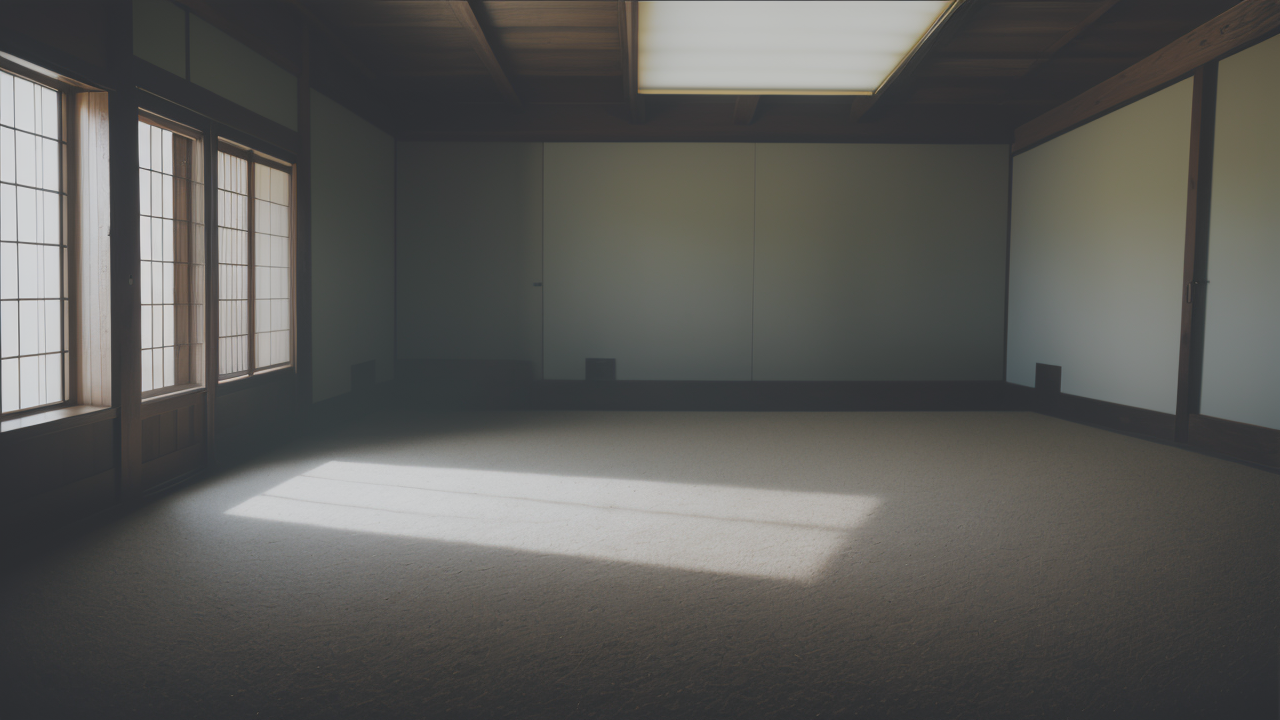
Imperfect Beauty: Exploring Wabi-Sabi in Contemporary Minimalist Wall Decor
The Philosophy of Wabi-Sabi in Art
Origins of Wabi-Sabi Aesthetics
Wabi-sabi is a Japanese aesthetic concept that finds beauty in imperfection. It emerged from Zen Buddhism in the 15th century. The term combines two ideas: 'wabi' meaning simplicity and 'sabi' referring to the beauty of age and wear.

In art, wabi-sabi celebrates:
- Asymmetry
- Roughness
- Simplicity
- Economy
- Austerity
- Modesty
- Intimacy
- Appreciation of natural objects and processes
This philosophy contrasts with Western ideals of perfection and permanence. It embraces the transient nature of life and finds beauty in the flawed and incomplete.
The Role of Imperfection in Contemporary Minimalism
Contemporary minimalism often seeks perfection through clean lines and simplicity. However, wabi-sabi introduces a new dimension to this approach. It allows for imperfections that add character and depth to minimalist designs.
In wall decor, this might mean:
- Using materials with natural variations
- Incorporating handmade elements with slight irregularities
- Embracing weathered or aged surfaces
- Leaving spaces intentionally unfinished or raw
These imperfections create visual interest and emotional resonance. They remind us of the beauty in life's impermanence and imperfection.
The Intersection of Wabi-Sabi and Contemporary Wall Decor
Materials and Techniques that Embody Wabi-Sabi
Wabi-sabi in contemporary wall decor often uses materials that show the passage of time. Common choices include:

- Weathered wood
- Rusted metal
- Unglazed ceramics
- Natural fibers like linen or jute
- Handmade paper
Techniques that embrace wabi-sabi aesthetics include:
- Kintsugi: repairing broken ceramics with gold
- Shou sugi ban: charring wood to preserve it
- Raku firing: a pottery technique that creates unpredictable results
- Hand-dyeing fabrics using natural materials
These methods create unique, imperfect pieces that tell a story through their creation and aging process.
Case Studies: Successful Wabi-Sabi Wall Decor Projects
- The Weathered Wood Gallery Wall:
A designer created a stunning gallery wall using reclaimed barn wood. Each piece had unique knots, grain patterns, and wear marks. The imperfections in the wood told a story of its past life.
- The Kintsugi-Inspired Ceramic Installation:
An artist crafted a series of large ceramic discs for a hotel lobby. She intentionally broke and repaired them using the kintsugi technique. The gold seams became a focal point, celebrating the beauty of repair.
- The Raw Concrete Feature Wall:
In a minimalist apartment, a bare concrete wall was left exposed. Its uneven texture and subtle color variations added depth and interest to the space.
- The Handwoven Textile Art:
A textile artist created a large-scale wall hanging using natural fibers. The slight irregularities in the weave and naturally dyed colors embodied wabi-sabi principles.
These projects show how wabi-sabi can elevate contemporary minimalist spaces. They create visual interest while maintaining a sense of calm and simplicity.
Implementing Wabi-Sabi in Your Decor Strategy
Tips for Incorporating Wabi-Sabi into Modern Home Decor
- Embrace natural materials:
Choose items made from wood, stone, or clay. Look for pieces that show their natural grain or texture.
- Add handmade elements:
Include pottery, woven baskets, or hand-painted art. These items bring a human touch to your space.
- Use a muted color palette:
Stick to earthy tones and subtle hues. This creates a calm backdrop for your wabi-sabi elements.
- Incorporate weathered or aged items:
Display vintage finds or naturally aged pieces. These add character and history to your decor.
- Leave some spaces unfinished:
Don't feel the need to fill every corner. Empty space is an important part of wabi-sabi aesthetics.
- Mix textures:
Combine rough and smooth surfaces to create visual interest. This adds depth to your minimalist design.
- Display imperfect objects:
Showcase items with chips, cracks, or wear. These imperfections tell a story and add uniqueness.
- Use asymmetry in your arrangements:
Avoid perfect symmetry in your wall decor. Slightly off-center arrangements feel more natural and relaxed.
The Future of Wabi-Sabi in Wall Decor Trends
As we move towards more sustainable and mindful living, wabi-sabi is likely to gain popularity. Its emphasis on natural materials and appreciation for imperfection aligns with eco-friendly design trends.

We may see:
- More use of reclaimed and recycled materials in wall art
- A rise in popularity of artisanal and handcrafted decor items
- Increased interest in techniques that showcase natural aging processes
- A shift away from mass-produced, perfectly uniform decor pieces
Wabi-sabi offers a refreshing alternative to the pursuit of perfection. It encourages us to find beauty in the present moment and the natural cycle of growth and decay.
As we embrace this philosophy in our wall decor, we create spaces that feel more authentic and grounded. Wabi-sabi reminds us to appreciate the beauty in life's imperfections, both in our homes and in ourselves.


